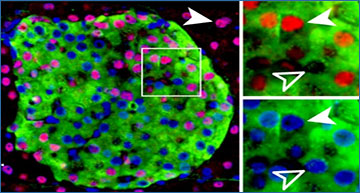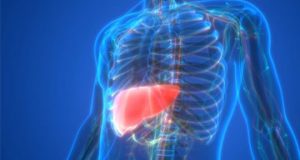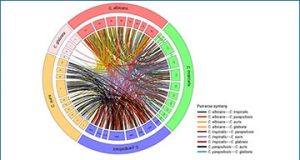Bioanalysis Zone – Amy Craddock, Future Science Group – Collaborative research from medical faculties across Germany and Hungary has investigated the potential use of long non-coding RNAs as diagnostic and prognostic biomarkers for urothelial carcinoma.
In previous studies, it has been identified that a number of long non-coding RNAs are overexpressed in urothelial carcinoma; as a result it has been hypothesized that these long non-coding regions of RNA could serve as biomarker candidates. During this study, published in PLoS One, the expression levels of seven long non-coding RNA candidates (GAS5, H19, linc-UBC1, MALAT1 ncRAN, TUG1, UCA1) that have been identified previously were investigated.
The concentration of these potential biomarkers was measured using quantitative real-time PCR analysis on urothelial carcinoma cell lines, in comparison to a benign cell lines. Researchers demonstrated that out of the seven proposed biomarker candidates, six of them tended to be upregulated in urothelial carcinoma tumor tissue, the exception being MALAT1.
Although there were specific cases where some of the candidate biomarkers were overexpressed in urothelial cell lines, there was no overall consistency with the levels of expression throughout all the analyzed tumor tissues. Ergo, none of the results were statistically significant.
Furthermore, the study also revealed that for a particular subset of urothelial carcinoma patients with muscle-invasive tumors, a reduced overall survival was highly correlated with lower levels of TUG1 expression. It was later identified that the down regulation of TUG1 was a characteristic signature of the basal-squamous-like molecular subtype that can be associated with low survival.
The researchers concluded that as it stands, none of the identified biomarkers can be individually or specifically utilized for diagnosis or prognosis of urothelial carcinoma, due to the lack of result consistency. However, it is hoped that further investigation of these long non-coding regions of RNA could provide other relevant information, such as identifying the subtype of urothelial carcinoma which could lead to more personalized treatments.
Source – Bioanalysis Zone
 lncRNA Blog lncRNA Research and Industry News
lncRNA Blog lncRNA Research and Industry News







